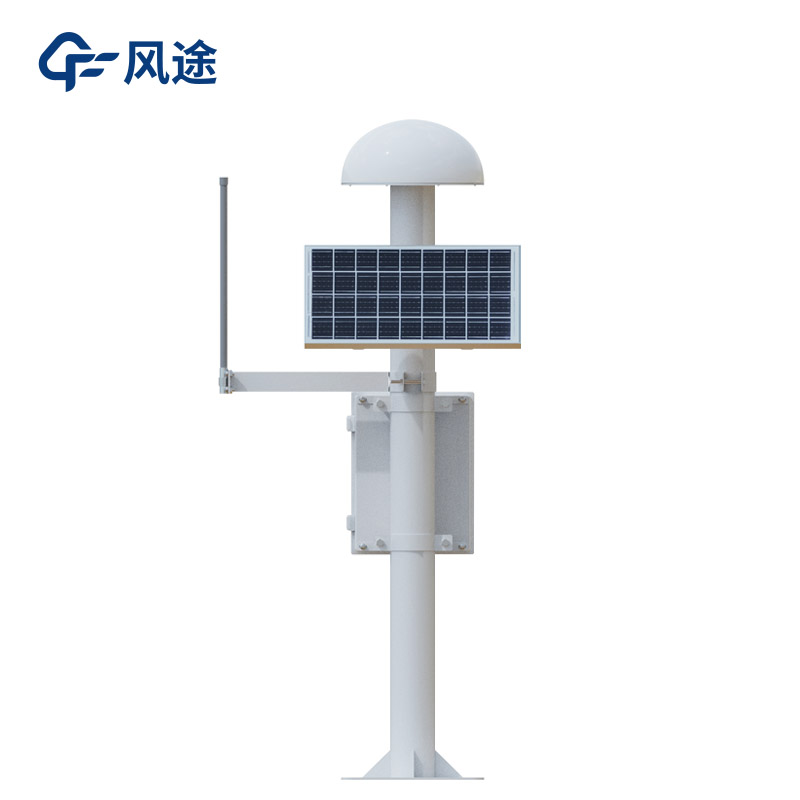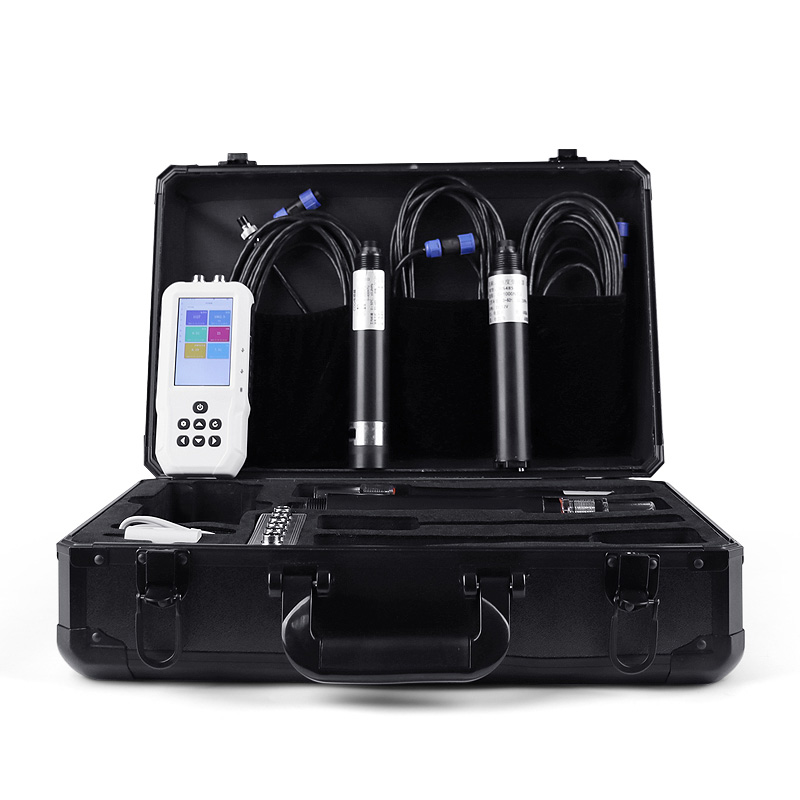Slope Monitoring System Solution is a comprehensive automated safety monitoring framework designed to conduct real-time and continuous monitoring and assessment of slope stability through multiple technical means. By collecting and analyzing multi-dimensional parameters such as environmental conditions, deformation, and support structure behavior, the system provides a scientific basis for early safety warnings and disaster prevention.
I. Environmental Monitoring
Environmental monitoring primarily focuses on rainfall and soil moisture conditions. Rainfall data is obtained via rain gauges installed on-site, which directly record precipitation per unit time. Soil moisture monitoring is typically carried out using water content sensors, reflecting humidity changes within the soil. These two datasets are key indicators for analyzing the extent to which meteorological conditions affect slope stability, particularly during heavy rainfall.
II. Deformation Monitoring
Deformation monitoring is central to assessing slope stability.
Surface Displacement Monitoring: Utilizes Global Navigation Satellite System (GNSS) receivers to accurately measure 3D coordinate changes of monitoring points on the slope surface by receiving satellite signals, thereby calculating overall displacement and direction.
Relative Surface Displacement Monitoring: Employs cable extension displacement sensors, which measure length changes of the retractable cable to monitor the opening or closing of cracks or misalignments between two specific points on the slope surface.
Internal Soil Displacement Monitoring: Uses in-place inclinometers with series-connected tilt sensors installed in boreholes via rods, capable of precisely measuring horizontal displacements of the soil at different depths to identify the location and magnitude of potential sliding surfaces.
Ground Crack Monitoring: Specifically employs crack meters installed on both sides of emerging cracks to monitor changes in crack width.
III. Retaining Wall and Groundwater Monitoring
For supporting structures:
The lateral pressure on retaining walls is measured using earth pressure cells embedded at the interface between the wall back and the soil.
The inclination of retaining walls is monitored via box-type in-place inclinometers installed at the top or on the wall surface.
Groundwater is a critical factor influencing slope stability. Pore water pressure gauges embedded in boreholes or monitoring pipes monitor changes in pore water pressure within the soil, assessing the impact of groundwater on slope stability.
IV. Support Structure Monitoring
The stress and working condition of support structures directly affect engineering effectiveness.
Anchor bolt axial force and anchor cable stress are monitored using rebar meters welded to the rods and anchor cable load cells installed at the anchor ends, respectively, to directly obtain stress data.
Inclination monitoring of anti-slide piles can also be performed using in-place inclinometers.
The stress state of lattice beams is indirectly reflected by strain gauges installed on the surface or within the beams.
V. Video Monitoring
As an intuitive supplementary measure, high-definition cameras are deployed at key on-site locations for all-weather real-time monitoring, enabling remote viewing of site conditions and providing visual evidence for abnormal situations.
In summary, the Slope Monitoring System Solution integrates the aforementioned sensors and devices to build a multi-layered, comprehensive monitoring network. Data is transmitted via wired or wireless means to a monitoring center, where it is analyzed and processed by specialized software. This enables real-time evaluation of slope stability and tiered early warnings, effectively safeguarding lives and property.

This paper addresses:https://www.fengtusz.com/industry/875.html









